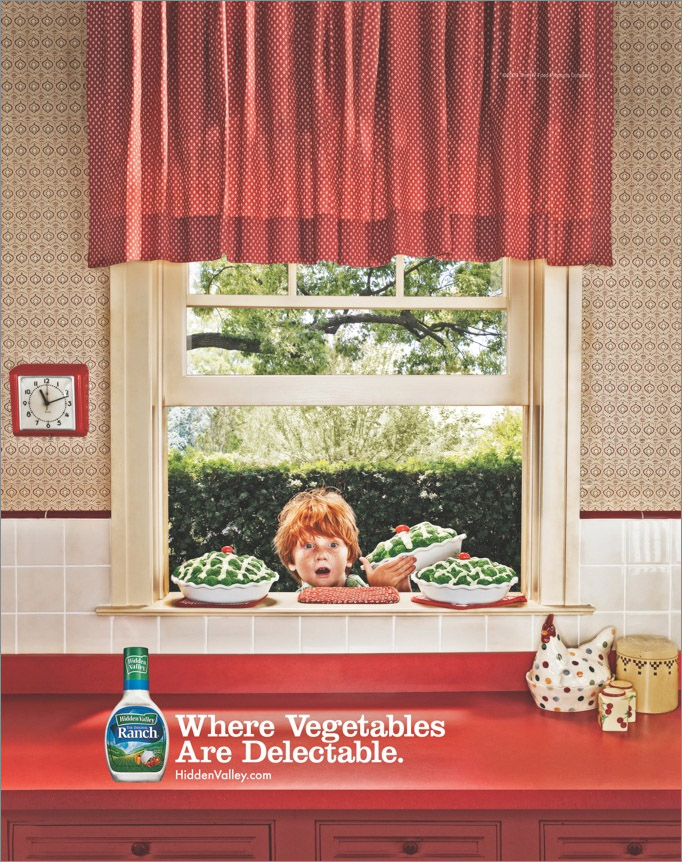 Today’s Rhetoric and Civic Life class centered around the concept of advocacy, which is essentially the placement of one’s support behind a cause, a group, or a concept. What I found most interesting about advocacy is that a person is changed by what he or she advocates and he or she in turn affects and shapes the advocacy group in question. I was personally intrigued by a story by my classmate John Lee regarding how a light suggestion for him to swim turned into a position on the team and furthermore roles as a lifeguard and a swim instructor. Looking back on his story, I thought I might share my own experience in an advocacy that has changed me and I hope to change.
Today’s Rhetoric and Civic Life class centered around the concept of advocacy, which is essentially the placement of one’s support behind a cause, a group, or a concept. What I found most interesting about advocacy is that a person is changed by what he or she advocates and he or she in turn affects and shapes the advocacy group in question. I was personally intrigued by a story by my classmate John Lee regarding how a light suggestion for him to swim turned into a position on the team and furthermore roles as a lifeguard and a swim instructor. Looking back on his story, I thought I might share my own experience in an advocacy that has changed me and I hope to change.Five years ago I reluctantly began attending my church’s youth group in order to have something to do after school that my mother found constructive to my spiritual growth beyond Sunday school (which I had just outgrown). It seemed like the natural next step in my journey yet I did not really embrace it until I met lifelong friends in my first mission trip in Philadelphia. Since then I have been changed in so many ways; not only have I participated in missions from Montreal to Guatemala City, I have witnessed a spiritual growth within myself. I am currently with my third “youth group”, a campus ministry called Reformed University Fellowship (RUF), and while my youth ministries have affected me, I am poised to affect my youth ministries as well.
Although I am merely a freshman, I am prepared to take on any leadership roles that may come across my path in my coming years in college with RUF. I have led in one bible study already and have even returned to my high school ministry to lead middle school students in their study of scripture. This summer I also plan to begin work at my home church to coordinate a college ministry for students home from college starting this summer. The student ministries I once so hesitantly advocated became a force of great growth in my life, and in turn I hope to do the same in my mission to strengthen these groups.


